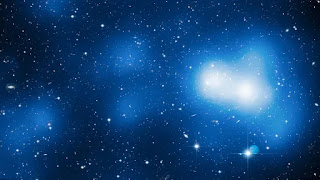For context, the distance between the Milky Way and the Andromeda Galaxy measures only 2.5 million light-years, while the previously largest known object in the universe, the Huge-LQG (Huge Quasar Group), spans 4 billion light-years.
Unveiling the Enormous Hercules Great Wall
This impressive structure consists of a filament of galaxies bound together by gravitational forces. The Hercules Great Wall is observable in the direction of the constellations Hercules and Corona Borealis. Gamma-ray bursts played a critical role in the discovery of this massive structure, with the high concentration of these bursts in the region pointing astronomers toward the galactic cluster. In contrast, our Milky Way experiences a meager one gamma-ray burst every million years.
As the vast universe continues to unveil its countless secrets, it is possible that an even larger galaxy may be discovered in the future. Only time and in-depth research into this remarkable mega-structure will enable us to comprehend its intricacies and reveal the mysteries our galaxy has to offer.
Source: ESA, paper


Post a Comment